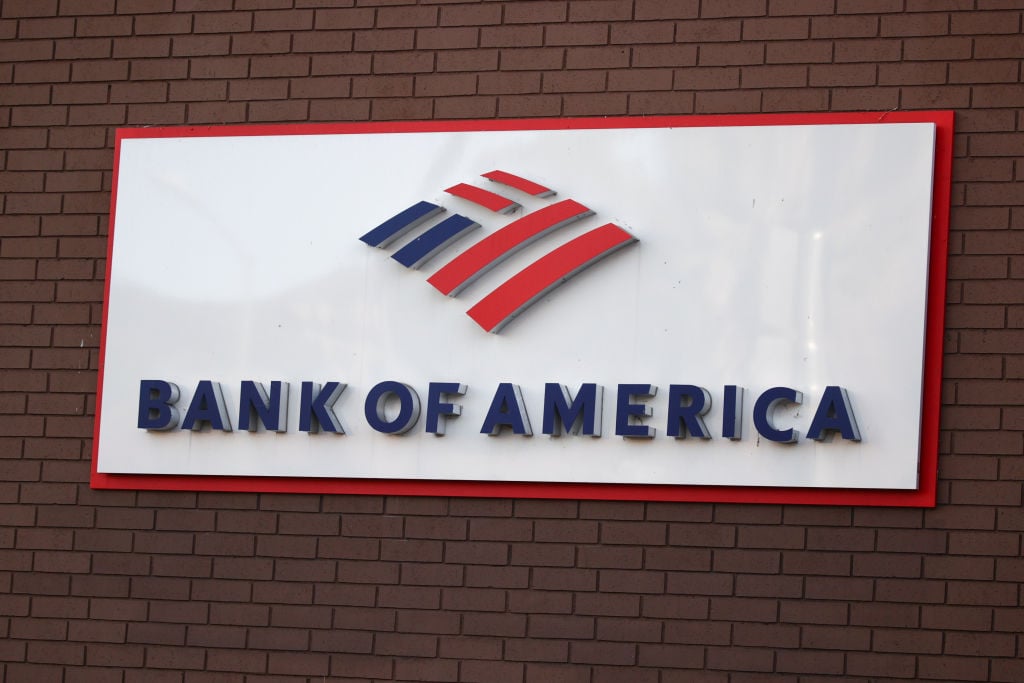The successful acquisition of MBNA, good credit quality, and effective expense controls were largely responsible for Bank of America's (NYSE:BAC) impressive earnings growth in 2006. Those factors now appear to be less reliable sources of growth in 2007.
Bank of America's net income grew to $21.1 billion in 2006 from $16.5 billion in 2005, an increase of 28%. The bank delivered an EPS of $4.59 in 2006 compared to $4.04 in 2005, a 14% improvement. The bank's revenue reached a record $73.0 billion, an increase of 30% over the $56.1 billion it achieved in 2005. (See our Fool by Numbers for details on Q4.)
During 2006, Bank of America -- a Motley Fool Income Investor recommendation -- acquired credit card company MBNA, and that substantial addition is responsible for a large portion of the bank's growth. Adjusting for the impact of MBNA, which helped make Bank of America the largest card issuer in the United States, revenue increased by just 10% and expenses were flat.
The global consumer group's net income of $11.2 billion made the biggest contribution to Bank of America's earnings. On a pro forma basis, which is adjusted for the effect of the MBNA acquisition, the unit's net income grew by 19% from the previous year. That strong organic growth was largely a function of increased consumer financial product sales through the bank's nearly ubiquitous branches and e-commerce site, as well as strong results from the bank's credit card franchise. The unit's positive performance was somewhat offset by a weaker mortgage servicing business, the result of a slowing housing market.
The sale of certain international operations helped Bank of America's corporate and investment bank deliver net income of $6.8 billion, a modest gain over the previous year. Without the benefits received from the discontinued operations, the unit's income would have declined slightly. The unit's capital markets and advisory business made a positive contribution to growth by posting strong revenue and profit increases in a year when investment banks like Goldman Sachs (NYSE:GS) also thrived. Higher credit costs and spread compression between short- and long-term interest rates hurt the bank's income from business lending, which offset gains in other businesses within the commercial and investment bank group.
Bank of America's successful year raises concerns about what will follow in 2007, and the market signaled those apprehensions by driving down the bank's share price by $0.33 to $53.32 at yesterday's close. Management has admitted that credit costs will likely rise in 2007, following a year when charge-offs and provisioning expense were unusually low. The flat yield curve is continuing to undermine net interest income, and the bank's efficiency ratio now stands at a remarkably low 48%, which would make additional cost-cutting hard to achieve. Lastly, Bank of America's ability to grow by acquisition faces regulatory obstacles, which it has been lobbying to have removed. In the meantime, existing rules and richly priced bank stocks make the prospect of significant acquisitions unlikely in 2007.
Of course, Bank of America remains an extremely well-run company with considerable competitive strengths. But a difficult operating environment and challenging comparisons to an especially successful 2006 will make it harder for the company to impress investors in 2007.
Related Links:
- Bank of America Deposits Growth: Fool by Numbers
- Bank of America Raising the Roof
- Citigroup Faces Its Critics
Our Income Investor newsletter is beating the S&P 500 by eight percentage points since its inception. Click here for a guest pass to check it out.
Fool contributor Michael Leibert welcomes your feedback. He does not own any of the shares mentioned. The Fool has a disclosure policy you can bank on.




